What is the first thing to do once you turn 18? Get a driving licence of course. If you have a licence you can legitimately explore the Indian roads, without having to face a hefty fine. To apply for a driving licence in the country you can make the application via the online portal of the Regional Transport Office. Or you can go to the RT office near you the old fashioned way. But before that; did you know there are different kinds of driving licences in India?
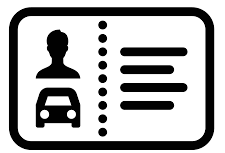
Driving License
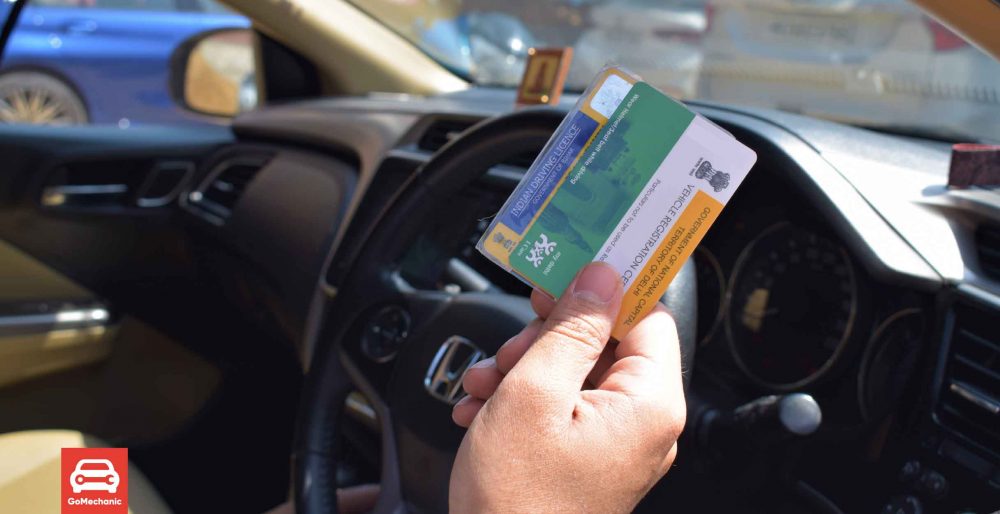
The Government of India issues different types of driving licences for different needs. The licence you would require when you are learning the ropes of driving a car, won’t be the same if you are planning to ferry commuters on a transport bus. Commercial and private vehicles call for different types of driving licences. Out of the four kinds of driving licences, you can decide on the one that you need.
Up next: The Motor Vehicles Amendment Bill (MVAB) | What Changes Can We Expect?
-
Learner’s Licence

Source (1) Learner’s Licence is what you need if you are a beginner and are just getting the ABCs of driving down cold. This is a short-term driving licence. That is learner’s licence is temporary and expires in 6 months. But if you are applying for a permanent licence, you need to get a learner’s permit first.
However to get a learner’s licence you need to know the basics like the traffic rules. The RTO only issues the learner’s permit to those candidates who have cleared a written test. In the test, they would quiz you on road signs and traffic rules. Nowadays the applicants are asked to take the online test instead.
To get the learner’s licence you would have to submit documents that can attest to your age and place of residence. While you are driving with a learner’s permit, your car should have a clear L somewhere on the front or rear windshield. Additionally, if you are driving on public roads, someone with a permanent licence should be there with you at all times.
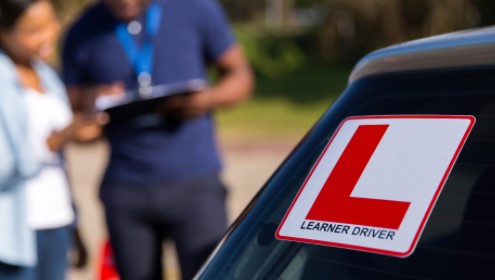
Source (1) The class your learner’s licence falls into would depend on the vehicle category you wish to get the licence for. If you want to drive a car, your licence class would be LMV-NT. But if you wish to learn to drive a commercial vehicle instead, it is a completely different ballgame. Your licence would say HGMV, HPMV or something similar.
Download the GoMechanic App Now!

-
Permanent Licence
With your learner’s licence, you can apply for your permanent driving licence as long as you are 18 years old. Once you receive your learner’s you can apply for a permanent one within 6 months. You can apply at this government website, parivahan.gov.in/parivahan.
 Afterwards, you’ll have to complete a test. Once you do this in flying colours, you will get your permanent driving licence. The licence would be valid for 20 years.
Afterwards, you’ll have to complete a test. Once you do this in flying colours, you will get your permanent driving licence. The licence would be valid for 20 years.Just like the learner’s licence, your permanent driving licence would specify the kind of vehicle you can drive. That is with an MC 50CC licence you cannot drive a car but you can drive a motorbike that has an engine capacity of 50cc. And if you are looking to drive a truck, your licence class is HPMV. You cannot drive a truck if you are only authorized to drive a passenger car.
-
Licence for Commercial Vehicles
Commercial vehicles are different from personal vehicles. CVs are vehicles that transport cargo or people. Commercial vehicles come under a different licence class altogether. You need separate licences to drive a medium goods vehicle, heavy motor vehicle or any other kinds of CV.
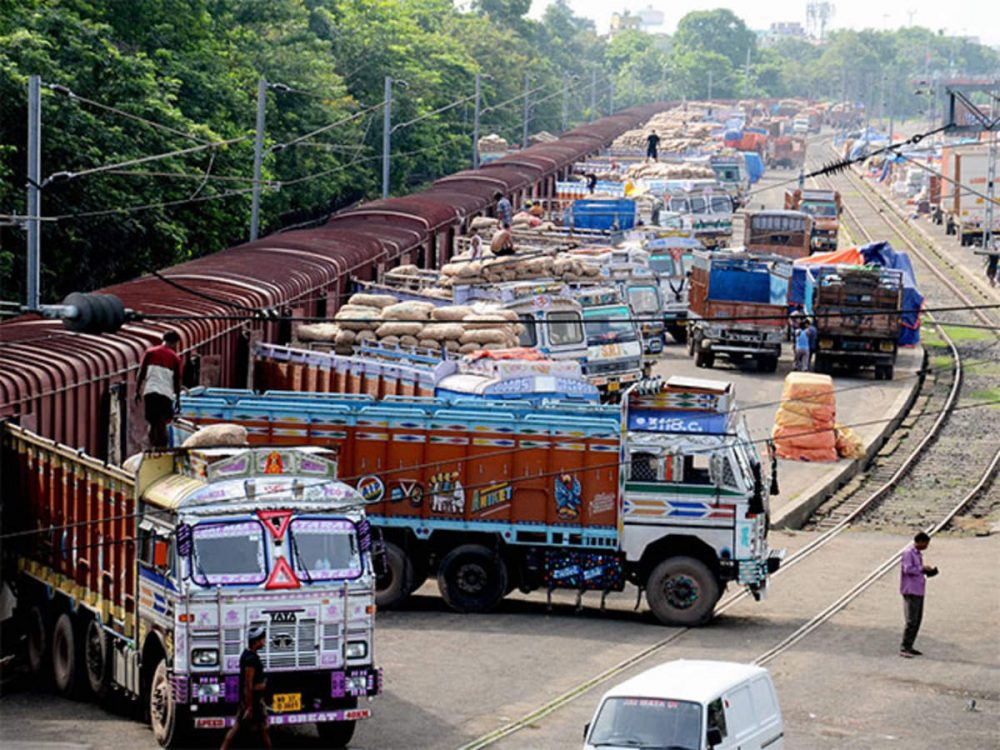
Heavy Commercial Vehicles However, to be licenced to drive a commercial vehicle, you have to be no less than 20 years of age. Besides, if you want to operate a CV you should have at least graduated 8th standard in school.
You can let a friend or family member teach you how to drive a personal vehicle. But, you cannot do the same with a CV. This is because driving a commercial vehicle comes with a great deal of responsibility. And the prowess you would need to drive a truck or trailer would be different. Because of this, you would have to attend a training institution to acquire the right skill set necessary to drive a commercial or heavy vehicle.
-
International Driving Licence

Let’s say you want to drive a car abroad. An Indian citizen should have a special permit to drive their own vehicle or somebody else’s overseas. You can apply for an International Driving Permit if you have a permanent driving licence. You would have to submit documents like a valid passport and visa to get an international driving licence. Along with this, you need to pay a sum of around 1000 as an application fee.
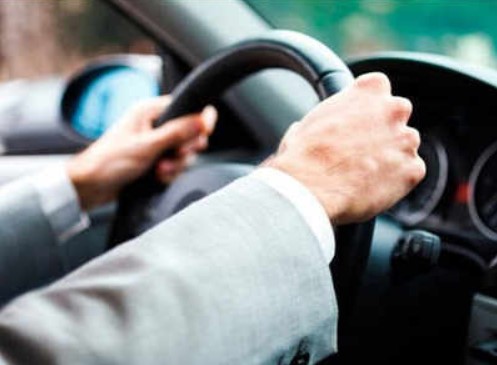
Source (1) Once you receive your international driving permit you can drive in other nations as well. But this kind of driver’s licence expires quickly. You will have to get the permit renewed as soon as a year elapses.
If you are driving any vehicle with a motor or an engine, you have to be licensed. All the hoops that you jump through to get the licence are a testament to your ability to handle a vehicle safely out on the roads.
You might be a novice to the whole driving business. Or you might be a pro. You might just be looking to drive your car in the streets of an exotic location. Take all these into consideration to decide on the kind of licence that suits your needs.
Also, read 8 Symptoms Of A Failing Steering System | Is Your Car Steering Bad?
Do you need to get your car serviced? We are here to help! Download the GoMechanic App now.






